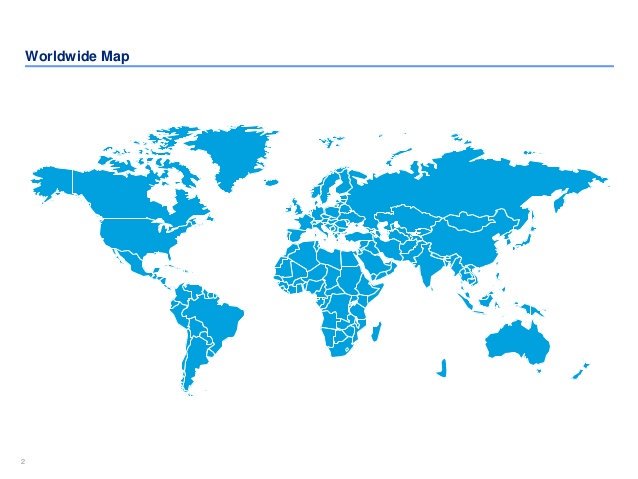Trust = Credibility x Reliability x Vulnerability
Let’s talk about components of equation and I’ll explain why I love it.
Lets go through each variable.
“I don’t trust Person X” is a bomb that is hard to come back from.
Get real-time email alerts when new unrolls are available from this author!
Twitter may remove this content at anytime, convert it as a PDF, save and print for later use!

1) Follow Thread Reader App on Twitter so you can easily mention us!
2) Go to a Twitter thread (series of Tweets by the same owner) and mention us with a keyword "unroll"
@threadreaderapp unroll
You can practice here first or read more on our help page!




